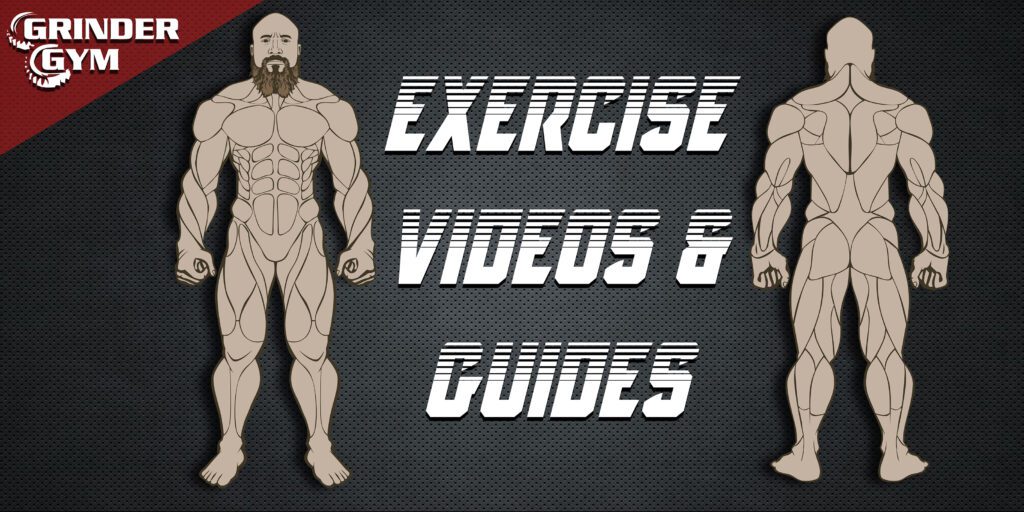The Atlas Stone Press is a challenging and visually impressive event in Strongman competitions. In this event, athletes lift a heavy, round stone from the ground to their chest and then press it overhead. The unique shape and uneven weight distribution of the stone add significant difficulty, testing the competitors’ upper body strength, grip, and overall stability.
Event Description
In the Atlas Stone Press, competitors lift a spherical stone from the ground to their chest, and then press it overhead. This event requires a combination of strength, technique, and balance, as the stone’s round shape makes it difficult to grip and control.
Rules and Execution
- Objective: Lift the stone from the ground to the chest, and then press it overhead for maximum weight or repetitions.
- Grip: Due to the stone’s round shape, athletes must use a combination of hand, wrist, and triceps strength and body positioning to control the stone.
Execution:
- Starting Position: The stone starts on the ground. Competitors stand with their feet shoulder-width apart, knees bent, and grasp the stone using a combination of their hands, forearms, and body.
- Lift to Chest: The competitor lifts the stone from the ground to their lap, repositions their grip, and then rolls it up to their chest, securing it against their torso.
- Press Overhead: From the chest, the athlete uses leg drive and upper body strength to press the stone overhead. The lift is complete when the athlete stands fully erect with arms locked out and the stone stabilized overhead.
- Lockout: At the top of the press, the athlete must demonstrate full control with elbows locked and the stone held steady overhead. The lift is considered successful once the judge signals approval.
- Descent: After a successful lift, the competitor must lower the stone back to the ground under control. Dropping the stone from overhead may result in disqualification or a penalty.
Good Lift Criteria:
- The lift is counted as successful if the athlete presses the stone overhead with elbows locked and demonstrates full control.
- The athlete must wait for the judge’s signal before lowering the stone.
Prohibited Practices:
- The use of tacky or similar products is often prohibited.
- Competitors may not drop the stone from overhead.
Allowed Equipment:
- Belt for core support
- Chalk to improve grip
- Knee wraps or sleeves
- Forearm sleeves
Scoring and Variations
- Maximum Weight: The primary objective is to lift and press the heaviest possible stone for a single repetition. Competitors typically have three attempts to achieve their maximum lift.
- Repetition Challenge: Some variations of the event focus on the number of repetitions completed at a set weight within a given time limit.
- Form and Technique: Competitors should carefully review the competition rules to understand the specifics of allowed techniques and any penalties for improper form.
Equipment Specifications
- Atlas Stone: The stone used in this event is a large, round sphere typically made of concrete or similar heavy material. The weight of the stone can vary, depending on the competition.
- Weight: The stone is typically very heavy, often ranging from 100 kg (220 lbs) to 200 kg (440 lbs) or more, depending on the level of the competition.
The Atlas Stone Press is a rigorous test of an athlete’s upper body strength, grip, and stability. Its unique demands and challenging nature make it a spectacular event in Strongman competitions, showcasing the raw power and technique of the competitors.


